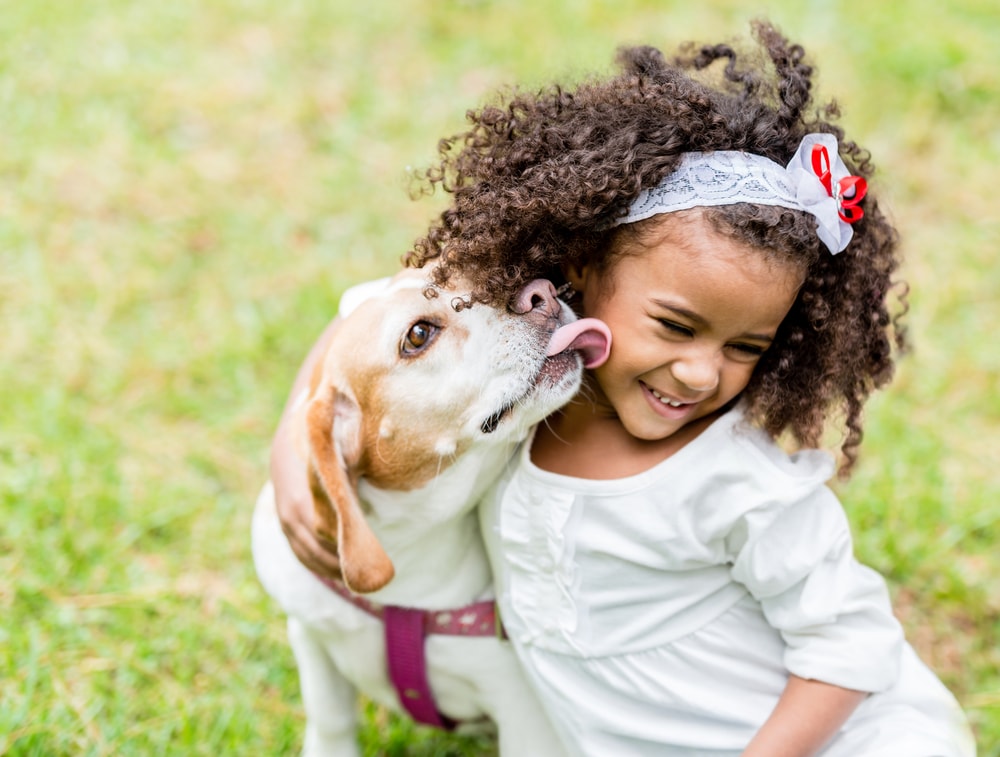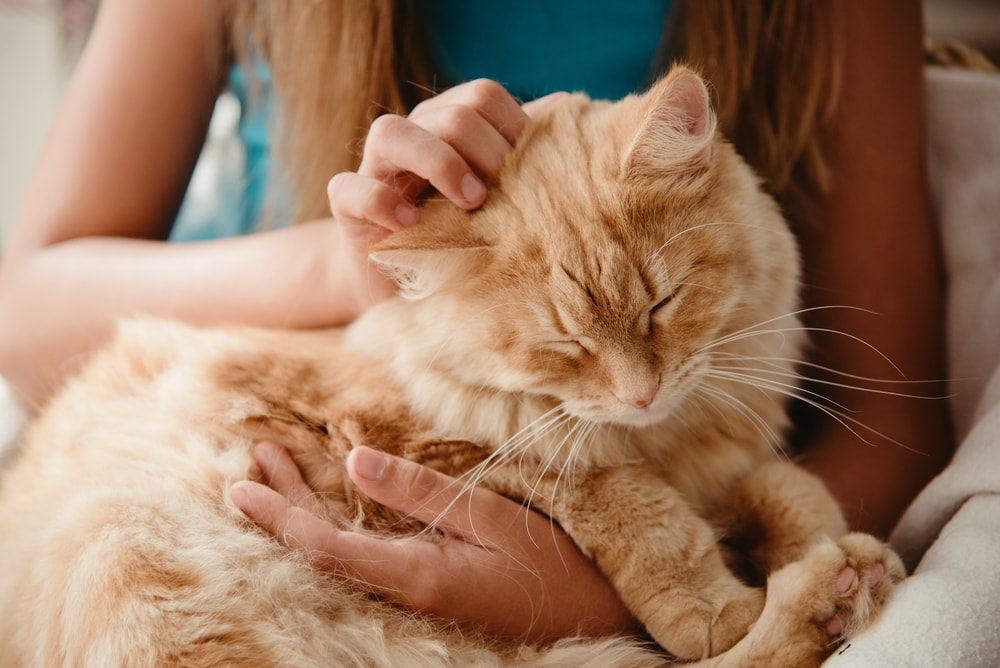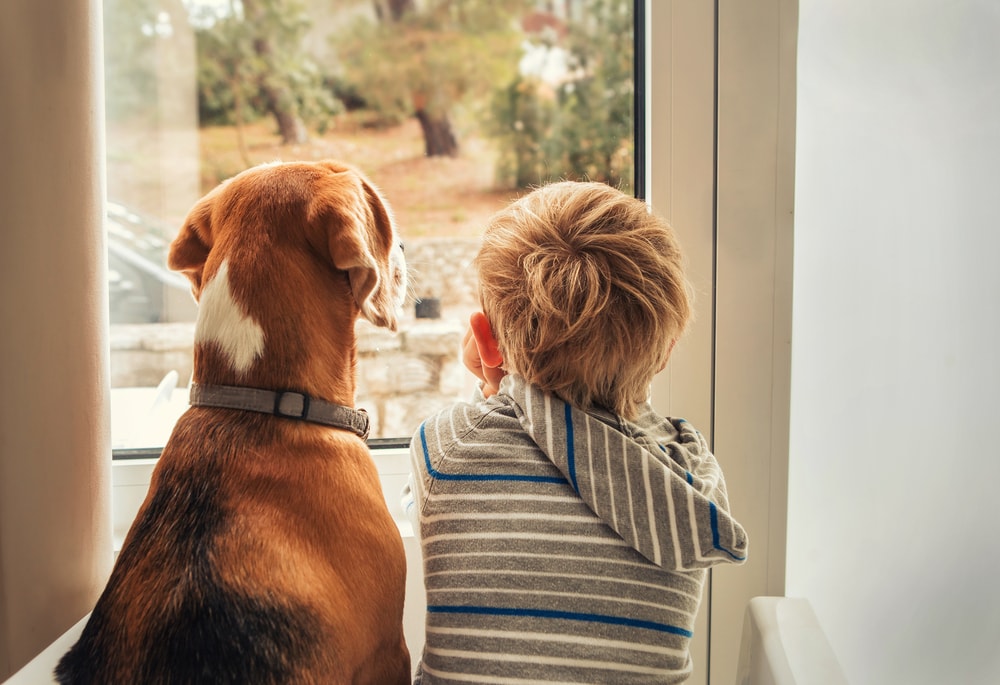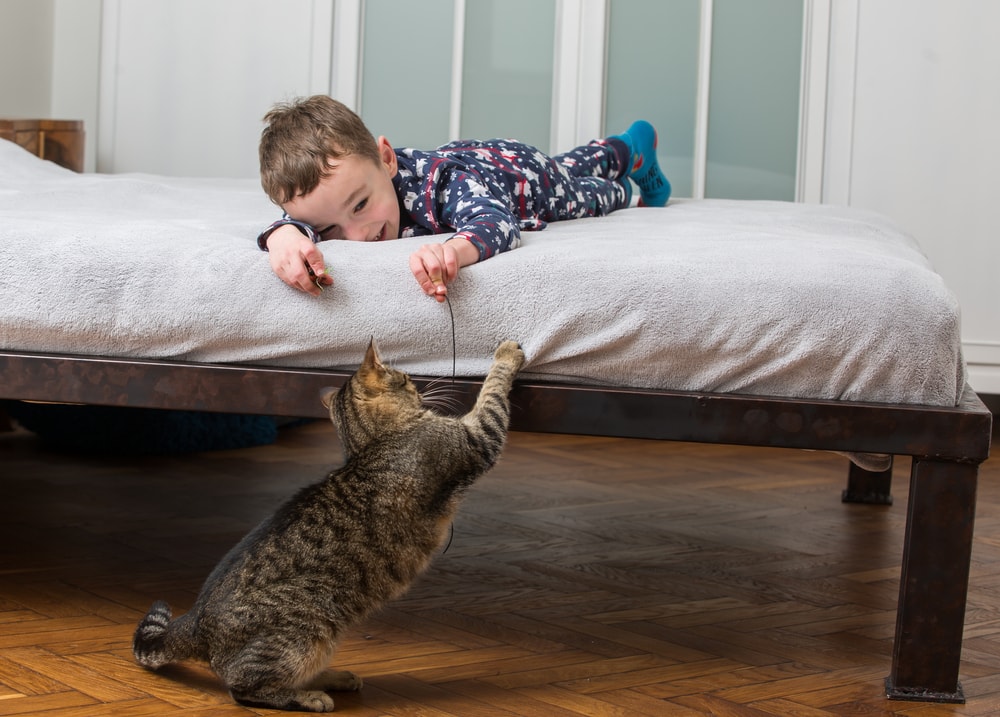Pets are a lovable, adorable, and often irreplaceable part of our families. Because of our attachment to them, the decision to euthanize a pet is incredibly difficult, especially when you have kids. For many children, the loss of a pet is often the first death they experience. However, you can turn the decision to euthanize into an opportunity to teach your child about healthy grieving. Let’s talk through a few helpful tips for talking to your child about euthanizing a pet.
1. Be open and honest.
Your first instinct may be to sugarcoat the situation or rely on euphemisms. Instead, stick to the truth. Taking your child’s age and maturity level into account, gauge just how much information they need to hear. It’s preferable to use words like “death” and “dying” – it will help your child realize the permanence of your pet’s absence.
A few don’ts:
- Stay away from euphemisms like your pet went “to sleep” or was “put to sleep.” Children are very literal, and by using these terms, you may inadvertently give your child sleep anxiety because they begin to associate sleep with dying or never coming back.
- Avoid glossing over the truth with a white lie like “Sunny ran away” or “Fido went on a trip.” These may give your child a sense of hope that the pet will return, which prevents them from grieving and moving on.
- Stay away from saying that the pet was so special that God wanted him in heaven. This could cause a child to grow angry at God or fear that they themselves might be next.
- Don’t blame the veterinarian. Instead, consider asking your vet for advice on how to talk about euthanasia with your children. They may even be open to personally talking to your children about why euthanasia may be the best option for your pet.
Ultimately, the best policy is to tell them the truth in simple terms and then be ready to answer questions.
2. Help your child understand why euthanasia is necessary.
Perhaps the biggest challenge will be explaining to your children why euthanasia may be the best option. First, explain why you think euthanasia is necessary. This could be old age, terminal illness, or an accident. A few examples of what you could say:
- Sunny is sick and the veterinarian has done everything he/she can to help. Sunny is hurting, and this will take away her pain.
- The doctor has done everything he/she can, but Fido’s not going to get better. By doing this, we can help Fido die peacefully. He won’t hurt or be scared.
- When an animal gets very old, their body stops working. When that happens, we can help by taking away their pain.
If your children ask what euthanasia is, you could say, “When a pet is really old or hurting, the veterinarian will give them a special shot that stops the heart and takes away the pain.” Maneuver through the questions as best you can, taking your child’s maturity level into account.
3. Discuss what’s happening as a family.
It’s best not to euthanize your pet without talking to your children first. In fact, if it’s possible, include them in the discussion. Talk about how old your pet is and how much pain they feel. Discuss your pet’s health diagnosis and the cost of treatment. Together, as a family unit, make the decision about what’s best. It may be a difficult conversation, but your older children will appreciate being allowed to participate in the decision. Also, it will be a growth opportunity as you model positive decision-making.
4. Give the kids the opportunity to say goodbye.
Once you’ve decided that euthanasia is necessary, give your child an opportunity to say their goodbyes. When we don’t have a chance to say goodbye – whether it’s to a pet or a person – there’s something in us that just doesn’t heal properly. So, rather than taking your pet to the vet while your kids are away, tell them what’s going to happen. Give them the chance to say goodbye and to hug or kiss your pet. They need this moment of closure just as much as you do.
5. Let your child decide if they want to be present for your pet’s euthanasia.
If your child is older (around 6+), let them decide if they want to be present for your pet’s euthanasia. For some children, seeing the peaceful reality is easier to deal with than whatever fantasy they may conjure on their own. If they don’t want to go, that’s fine, too. Just having the option to choose is often enough. If your child does want to attend, let the veterinarian know and do what you can to prepare your child for what they will see.
Children are often more resilient than we give them credit for and allowing them the choice can help create positive coping abilities for the future. Additionally, giving your child a voice in the process makes them feel part of the decision, giving them a semblance of control in what can feel like a helpless and overwhelming situation.
6. Help your children grieve.
Finally, after euthanasia has taken place, help your child through the grieving process. For many children, a pet can almost feel like a sibling – the bond is so close and deep. That’s why it’s important to help them grieve the loss of their dear, furry friend. You might plan a small memorial for your pet and let your child take part. Or, you could put together a scrapbook of photos and memories or create a DVD. You could place a photo of the pet in your child’s room or purchase a stuffed animal that looks similar to your pet to help bring them comfort.
Above all, encourage them to talk about what they’re feeling and look for ways to help them express those emotions. And don’t be shy about sharing your own feelings – they need to see them! What your children learn now will help them process grief as adults. Teach them now how to process grief in a healthy way, and they will carry it into their adulthood and use what they learned to cope with future grief.









